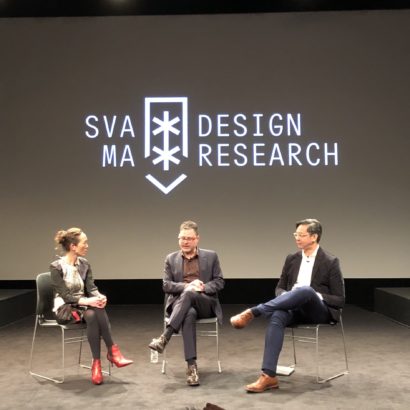We’re starting to roll out preview builds of our iPhone app at Wildcard. If you’d like to get your hands on one, sign up for access on our home page and we’ll add you to the list.
Distributing previews of iOS software is notoriously difficult and has gotten only incrementally easier over the years. There’s no method that anyone would call elegant or even low-friction, TestFlight, HockeyApp and corporate IT-brewed solutions included.
Worse, the logistical complexity of getting a preview build on a device that belongs to a novice user can often spoil the mindset of that tester. If you’re building an app that’s ostensibly trying to make life easier for someone, yet the very act of installing it on that person’s device is fraught with points of failure, you stand a pretty good chance of losing their faith in your product.
This happens so often that at Wildcard we decided that the least we could do was to explain how it works with much greater specificity, to try and fill in all of the gaps in the process. My colleague Steve Meszaros put together this preview installation guide, which includes detailed instructions and screen grabs from the key UI elements to be found throughout the whole, convoluted process. We revised it several times, and will probably keep revising it, as we try to make it as helpful as possible for our users.
Still, as we worked on it, we were practically laughing with incredulity that something like this was even necessary. It seems to me that Apple’s desire to keep developer-distributed software on a tight leash, which is at the root of the complexity in this process, is in no way inherently opposed to the idea that a test user’s installation experience can be simple, elegant, even delightful. Things should be much easier than this.
Continue Reading …
+



